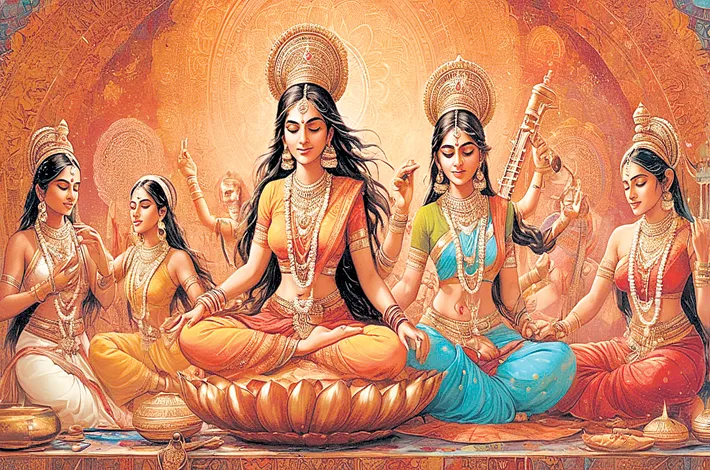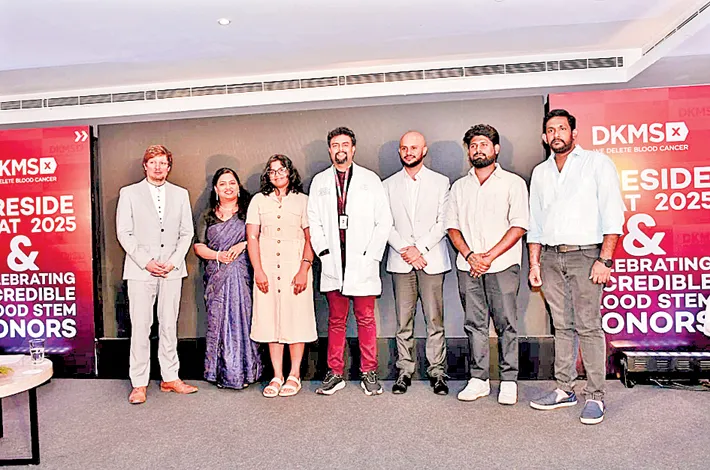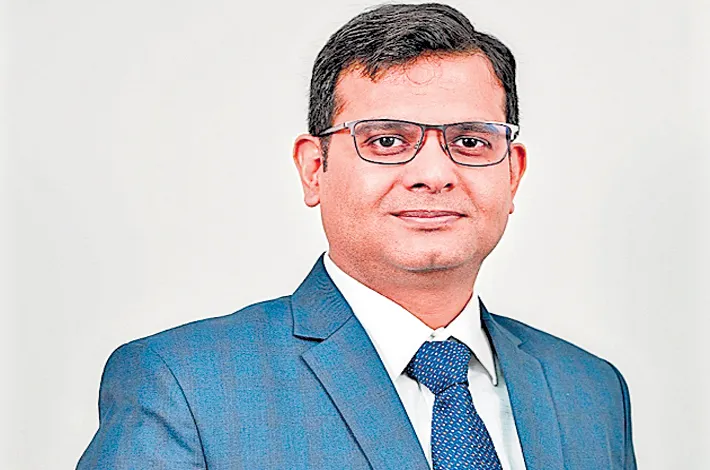The Therapeutic Qualities of Indian Music
04-05-2025 12:00:00 AM

Indian music, with its ancient roots and profound emotional depth, has long been recognized not only as an art form but also as a powerful medium for healing and well-being. From the intricate ragas of Indian classical music to the devotional bhajans and modern fusion compositions, Indian music possesses therapeutic qualities that can soothe the mind, balance emotions, and even promote physical health.
Its unique structure, rooted in centuries-old traditions, combined with its adaptability, makes it a potent tool for mental, emotional, and spiritual healing. This article explores the therapeutic qualities of Indian music, delving into its historical context, scientific basis, and practical applications in modern therapeutic settings.
Historical and Cultural Context
Indian music’s therapeutic potential is deeply tied to its historical and spiritual origins. The Vedas, ancient Indian texts dating back over 3,000 years, describe music as a divine gift capable of connecting humans to the cosmos. The Sama Veda, in particular, is a collection of melodies and chants believed to have healing properties, used in rituals to invoke peace and harmony. Indian classical music, both Hindustani (North Indian) and Carnatic (South Indian), evolved from these sacred traditions, with ragas (melodic frameworks) designed to evoke specific emotions or rasas and influence the listener’s state of mind.
In the Indian tradition, music is closely linked to the concept of nada yoga, or the yoga of sound. Nada yoga posits that sound vibrations can align the body’s energy centers (chakras) and facilitate spiritual awakening. Ancient texts like the Natya Shastra outline the therapeutic use of specific ragas for ailments, associating them with times of day, seasons, and emotional states. For example, Raga Bhairav, a morning raga, is said to instill calmness and clarity, while Raga Yaman, often performed in the evening, evokes serenity and devotion.
The Science Behind the Therapy
Modern science has begun to validate what Indian traditions have long understood: music can profoundly affect the brain and body. Indian music, with its repetitive patterns, microtonal nuances, and rhythmic complexity, engages multiple areas of the brain, promoting relaxation, focus, and emotional regulation. Studies in music therapy show that listening to or performing music can reduce cortisol levels (the stress hormone), lower blood pressure, and increase the release of endorphins, the body’s natural “feel-good” chemicals.
The structure of Indian music is particularly conducive to these effects. Ragas, for instance, are not random melodies but carefully constructed scales that follow strict rules to evoke specific moods. Neuroscientific research suggests that the slow, deliberate progression of a raga can induce a meditative state, reducing activity in the amygdala (the brain’s fear center) and enhancing connectivity in the prefrontal cortex, which governs emotional regulation. The alap, the introductory section of a raga performance, is especially therapeutic, as its free-flowing, unhurried exploration of notes encourages deep listening and introspection.
Rhythm, or tala, is another critical element. The intricate rhythmic cycles in Indian music, such as the 16-beat teental or the 7-beat rupak, create a sense of predictability and grounding. This rhythmic stability can help regulate heart rate and breathing, making Indian music particularly effective for managing anxiety and stress-related disorders. Additionally, the use of drones, such as the tanpura, provides a continuous harmonic base that promotes a sense of calm and focus, akin to the effects of mindfulness meditation.
Applications in Modern Therapy
The therapeutic qualities of Indian music are increasingly being integrated into modern healthcare and wellness practices. Music therapy programs worldwide now incorporate Indian classical music to address a range of conditions, from mental health disorders to chronic pain. In India, institutions like the Chennai-based Raga Research Centre have conducted studies on the clinical applications of ragas, finding that specific melodies can alleviate symptoms of depression, insomnia, and even hypertension. For example, Raga Darbari Kanada is often recommended for reducing anxiety, while Raga Todi is believed to aid in pain management.
Indian music is also used in nada yoga therapy, where practitioners use sound vibrations to balance the body’s energy systems. Chanting mantras like “Om” or listening to specific ragas can stimulate the vagus nerve, which regulates the parasympathetic nervous system, promoting relaxation and emotional stability. In group settings, kirtans and bhajans—devotional songs—foster a sense of community and collective healing, reducing feelings of isolation and enhancing emotional resilience.
Beyond clinical settings, Indian music’s accessibility makes it a versatile tool for self-care. Apps and online platforms now offer curated playlists of ragas for relaxation, sleep, or focus, allowing individuals to incorporate music therapy into their daily routines. Fusion genres, blending traditional Indian elements with contemporary styles, have also expanded the reach of Indian music, making its therapeutic benefits available to diverse audiences.
Emotional and Spiritual Healing
Perhaps the most profound therapeutic quality of Indian music lies in its ability to touch the soul. Unlike Western music, which often emphasizes harmony and chord progressions, Indian music focuses on melody and improvisation, allowing musicians to express raw emotion and connect deeply with listeners. This emotional resonance can facilitate catharsis, helping individuals process grief, trauma, or existential concerns.
Devotional music, such as Sufi qawwalis or bhajans, carries a spiritual dimension that transcends cultural and religious boundaries. The repetitive, trance-like quality of these forms can induce a state of transcendence, fostering a sense of unity and inner peace. For many, this spiritual connection is inherently therapeutic, offering solace in times of crisis and a pathway to self-discovery.
Challenges and Future Directions
While the therapeutic potential of Indian music is vast, challenges remain in its widespread adoption. Limited awareness, cultural barriers, and a lack of standardized protocols in music therapy can hinder its integration into mainstream healthcare. Additionally, the subjective nature of ragas—where the same melody may evoke different responses in different listeners—requires further research to establish consistent therapeutic outcomes.
Nevertheless, the growing interest in holistic and integrative medicine offers hope for the future. Collaborations between musicians, scientists, and healthcare professionals can help bridge traditional knowledge with modern evidence-based practices, unlocking the full potential of Indian music as a therapeutic tool.
Conclusion
Indian music, with its intricate melodies, rhythmic complexity, and spiritual depth, is far more than an artistic tradition—it is a powerful instrument of healing. From reducing stress and anxiety to fostering emotional and spiritual growth, its therapeutic qualities have been recognized for centuries and are now gaining scientific validation. As the world embraces holistic approaches to well-being, Indian music stands poised to play a transformative role, offering a harmonious path to health and inner peace for generations to come.








